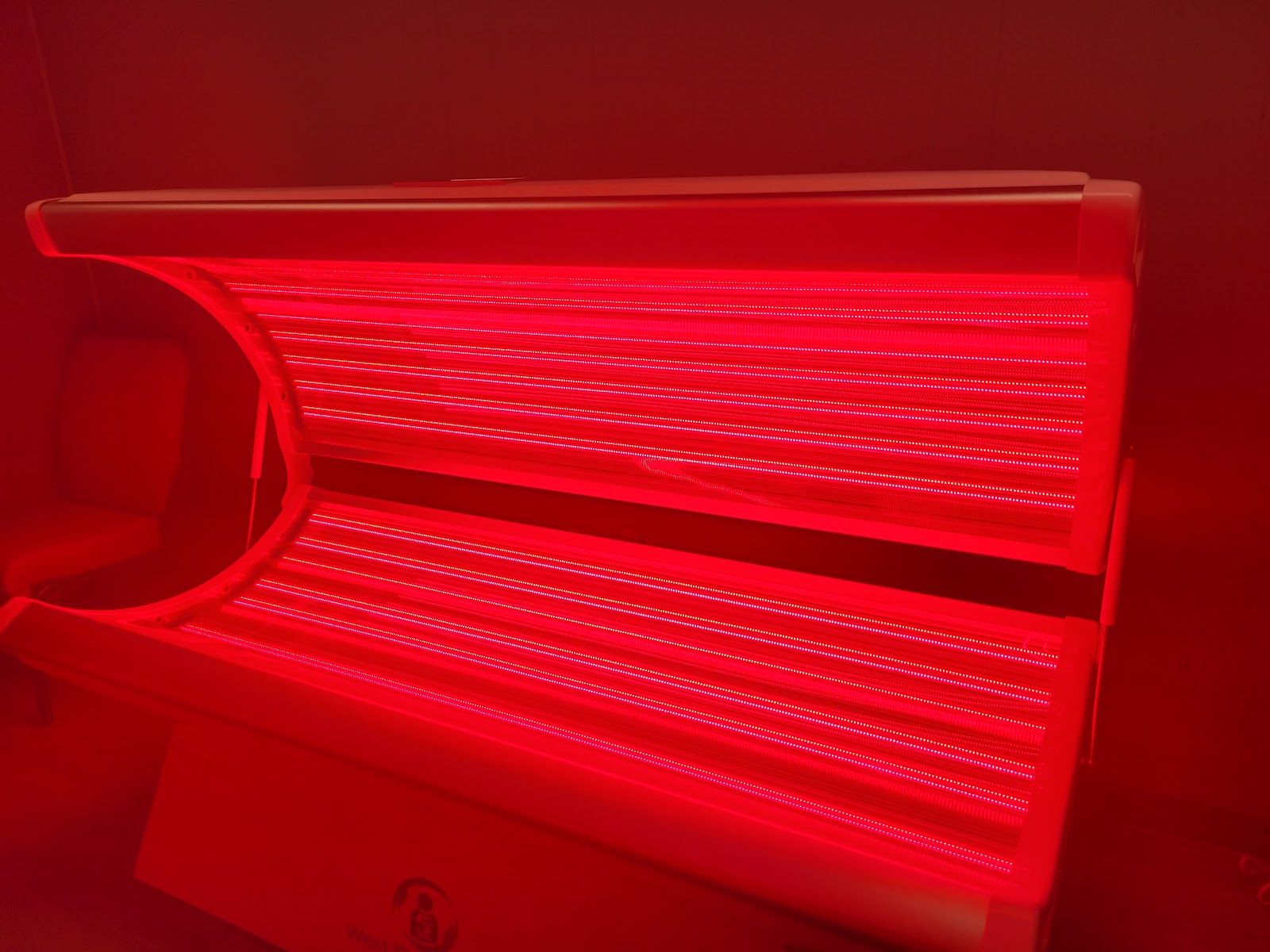Social Media/red light therapy
I'm not young anymore let me just put that out there. We are trying to do more with social media (Twitter/instagram/facebook/snapchat). We hope this will bring in more patients. I'm a little lost trying know things with social media. I think we have been doing ok with it but we think we could do better.
We did a ribbon cutting but that didn't bring in patients like with thought it would of. We also do whatever we can with chamber of commerce. Still nothing. To break even we need about 200 more patients. To bring money in, so we can keep open we will need double that. I sent out emails today for businesses for them to sign up their employees. I hope at least 6 of them will contact us. We are hopeful that direct primary care will be a great thing for the area. You can't buy or support your family off hope. We wish we could but that a dream not life.
I would love it if people would learn more about us and then they would know how we could help. We are setting up red light therapy soon. Which will help a lot of patients with skin problems and it helps alot with pain. Patients don't know alot about that either. so I will also add a little about it.
What is red light therapy?
Red light therapy (RLT) is a treatment that uses low wavelength red light to reportedly improve your skin’s appearance, such as reducing wrinkles, scars, redness and acne. It’s also touted to treat other medical conditions.
To date, there’s a lot of ongoing research, publication of small studies and a much discussion on the internet about the effectiveness of red light therapy for all types of health uses. Results of some studies do show some promise, but the full effectiveness of red light therapy has yet to be determined.
Other names you might hear to describe red light therapy include:
- Low-level laser light therapy.
- Low-power laser therapy.
- Non-thermal LED light.
- Soft laser therapy.
- Cold laser therapy.
- Biostimulation, photonic stimulation.
- Photobiomodulation and phototherapy.
How did interest in red light therapy evolve?
NASA originally began experimenting with red light therapy on plant growth in space and then to help heal wounds in astronauts. Like many developments, other potential uses began to be investigated.
In fact, red light therapy is already widely medically accepted in its use in photodynamic therapy. In this therapy, low-power red laser light is used to activate a photosensitizer drug. The interaction creates a chemical reaction that destroys cells. It’s used to treat some skin conditions, including skin cancer and psoriasis, acne and warts and other types of cancer.
Now, RLT is being investigated (or already in use) for treating a wide array of health conditions. What’s confusing — and controversial — is the effectiveness of the treatment for the purposes it’s being promoted.
How does red light therapy supposedly work?
Red light therapy is thought to work by acting on the “power plant” in your body’s cells called mitochondria. With more energy, other cells can do their work more efficiently, such as repairing skin, boosting new cell growth and enhancing skin rejuvenation. More specifically, certain cells absorb light wavelengths and are stimulated to work.
Red light therapy may work in skin health to:
- Stimulate collagen production, which gives skin its structure, strength and elasticity.
- Increase fibroblast production, which makes collagen. Collagen is a component of connective tissue that builds skin.
- Increase blood circulation to the tissue.
- Reduce inflammation in cells.
For what skin conditions is red light therapy being tried?
Red light therapy is promoted as a treatment for some common skin conditions, including to:
- Improve wound healing.
- Reduce stretch marks
- Reduce wrinkles, fine lines and age spots.
- Improve facial texture.
- Improve psoriasis, rosacea and eczema.
- Improve scars.
- Improve sun-damaged skin.
- Improve hair growth in people with androgenic alopecia.
- Improve acne.

Comments
Post a Comment